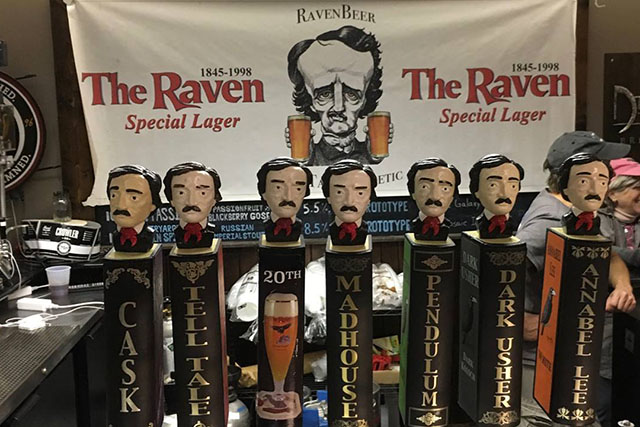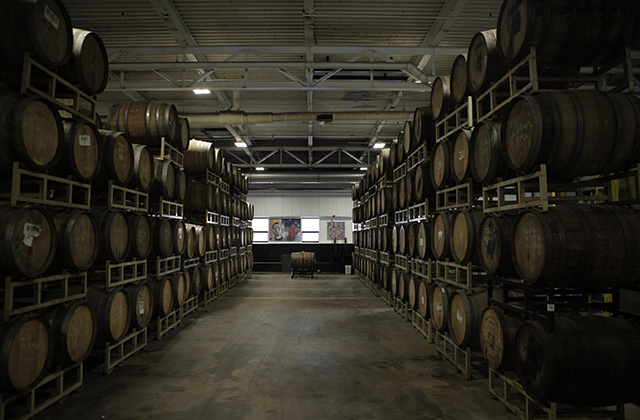
After 12 years using his own cooperage Stephen Demczuk now leases kegs for Raven Beer.
As The Baltimore-based brewery expanded from Maryland to South Carolina and Chicago getting those kegs returned was difficult, costly and taking a considerable amount of time.
“We needed to accrue a sufficient amount to assure that we had kegs available in house to fill,” Demczuk said. “Therefore, we needed a larger supply as our empty kegs build up at wholesaler warehouses and throws off the equilibrium of having enough empty kegs at the brewery.”
That equilibrium involves a number of variables, including: full and empty kegs in house; bad kegs stored in house; full kegs at wholesalers and in accounts; empty kegs stored at wholesalers and accounts; and those in transit.
“It seemed logical to us to lease kegs for just a few dollars more than what we pay to ship them back,” Demczuk. “Also, there is the time and costs consideration in repairing kegs.
“Purchasing keg and keg spear parts adds up especially when you factor in the labor to repair kegs. Leasing kegs, one does not have that issue.”
For Ron Jeffries at Northern United Brewing Company and Jolly Pumpkin, the answers echo similar to Demczuk, missing their kegs and the cost to ship them back.
If a brewery is looking to decide on buying their own kegs or working with a leasing program, Demczuk offered some questions to ponder: If you are expanding, is it locally or out of state? How are you getting the kegs back and at what cost? If your out of state wholesaler takes off with your brand on premise, do you have enough supply of kegs to handle the out of state demand and your local needs?
“As you plan a new brand that you will launch, remember you will need more kegs,” he pointed out. “Buying kegs can eat your cash flow and expansion can be a huge financial burden just through kegs alone.”
Jeffries said that with a lease it doesn’t need to worry about tracking how many kegs-to-handles. The team justs tracks sales and forecast future needs for the lease contract.
“We place the orders, the kegs show up,” he said. “We clean and fill them, and ship them out to our distributor/wholesaler customers.”
So that takes some work out of the equation as well.
If your brewery does look to supply its own kegs to accounts, Demczuk suggests a good count is four half-barrel kegs per handle on local accounts and five to six for out of state.
“I suspect more for sixtels as they turn over more often,” he noted. “One thing that is different for sixtels these days is that many times they are one and done or two and done as bars rotate so often now.
“So, the equilibrium in sixtel turnover is difficult to judge and vastly different then with half kegs.”




1 Trackback / Pingback